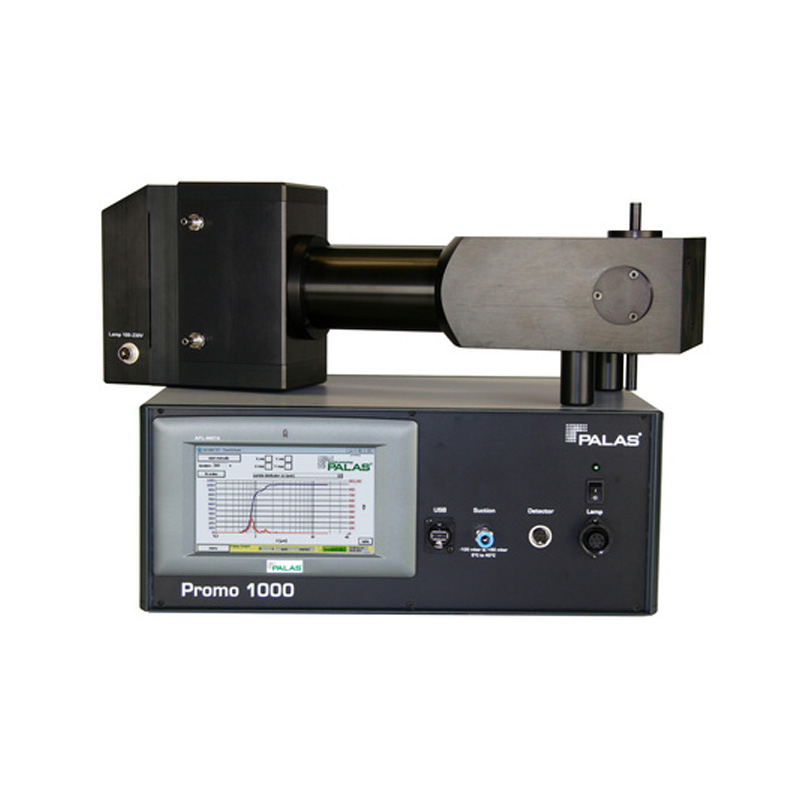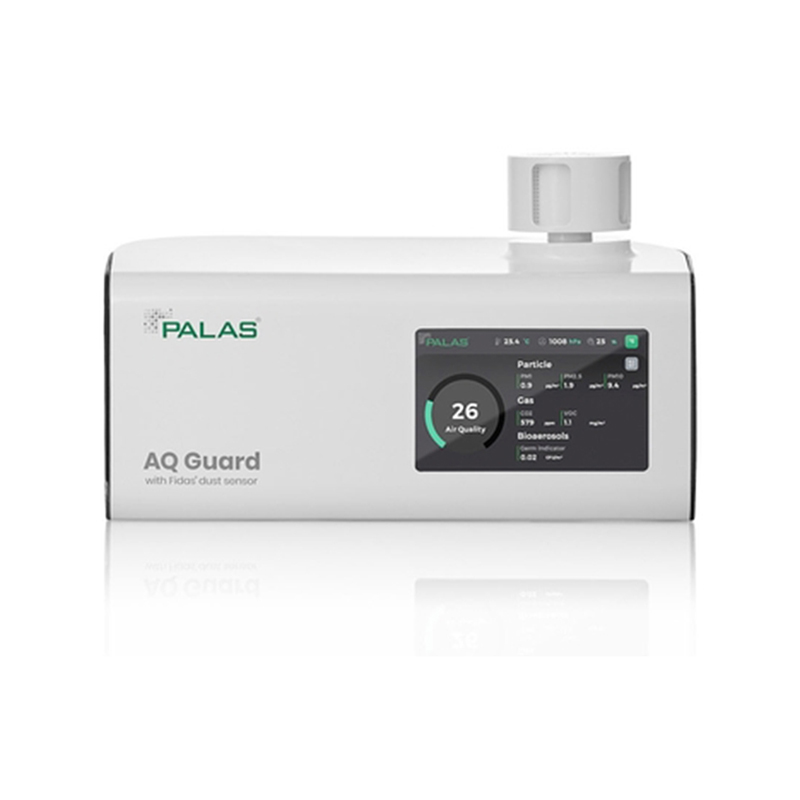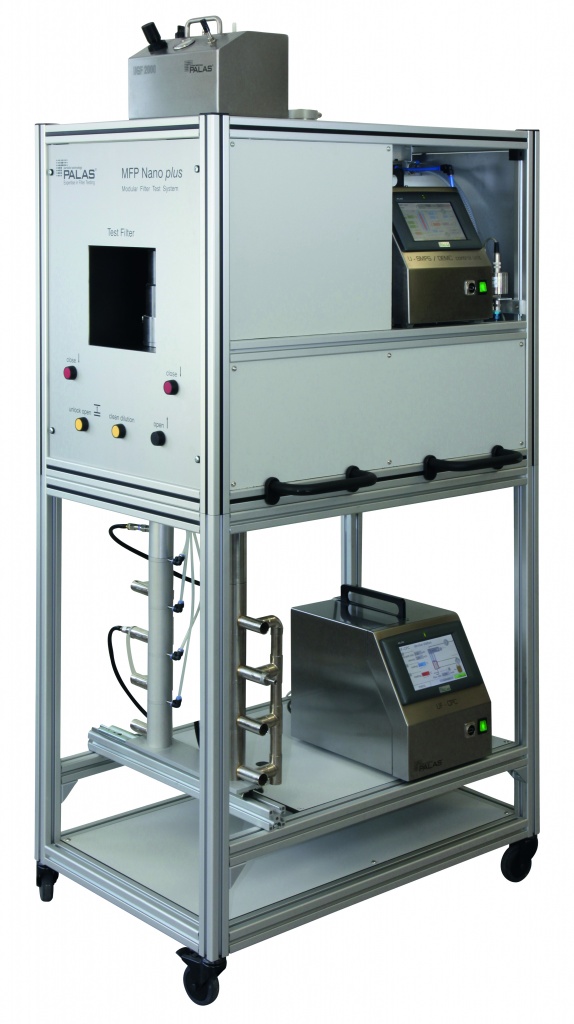Description
Promo® 1000 is a light-scattering aerosol spectrometer system for particle size analysis and concentration determination that can be equipped with all welas® 1100 and 1200 sensors. These sensors allow reliable measurement in the concentration range from < 1 particle/cm3 up to 5 • 105 particles/cm3.
With Promo® 1000 particles sizes above 120 nm can be reliably measured, as the special high power xenon high pressure lamp with very high light intensity and the photomultiplier are directly integrated in the aerosol sensor.
Unique are up to four measuring ranges in only one device:
• 0.12 µm – 3.5 µm (additionally in welas® 1000 and Promo® 1000)
• 0.2 µm – 10 µm
• 0.3 µm – 17 µm
• 0.6 µm – 40 µm.
Promo® 1000 is famous for up to 128 size channels per measuring range and a concentration range from < 1 particle/cm3 to 5 • 105 particles/cm3.
The best size classification accuracy and the best size resolution are guaranteed by the following special features (see Graph 1):
• White light and 90° light-scattering detection
⇒ Unambiguous calibration curve
• Patented T-aperture
⇒ No border zone error
• New digital individual signal processing
⇒ Coincidence detection and correction of the individual signal making it possible to measure higher concentrations
A touch display ensures user-friendly operation. Measurements can be started easily, and all data, such as the current number distribution and the number concentration, as well as 24 further statistical values, can be evaluated and displayed in real time. All incoming data can be stored with a max. temporal resolution of 1 s. For data transfer, Promo® can also be integrated into a company network.
Promo®has a standard interface and can be controlled by a process control system or by a simple Labview program. The Promo® measurement technology:
Promo® has a new, fast 20 MHz signal processing processor, which analyses the progression of each particle signal.
This makes it possible to recognise coincidental events in light scattering measurement technology at the individual signal and correct them (according to Dr. Umhauer / Prof. Dr. Sachweh). This way it is possible to increase the maximum concentration limit up to 5 • 105 particles/cm3.
Furthermore, the new signal detection electronics, which include a new, powerful logarithmic A/D converter, allow particles of 120 nm to be measured with a 50 % counting efficiency.
High classification accuracy, high resolution capability and a high counting efficiency are the prerequisite for unambiguous particle measurement.

Graph 1: Resolution capability and classification accuracy (1200 sensor)
The Promo® is characterized by its very high counting efficiency starting from 0.12 µm!

Graph 2: Counting efficiency with the welas® 1200 sensor
The Promo® 1000 sensors:
The welas®1100 and 1200 aerosol sensors are characterized by the fact that a powerful light source and the photomultiplier are directly integrated in the sensor. This technology offers the best size resolution, the best classification accuracy and a low detection limit.
The size of measurement volume is crucial for coincidence-free particle size and particle number measurement.
With measurements in coincidence, the diameter is measured too large and the number too small. Theoretically, for a coincidence‐free measurement, i.e. maximum one particle in the measuring volume, at a number concentration of 103particles/cm3the measurement volume extension must not be higher than 1 mm3.




